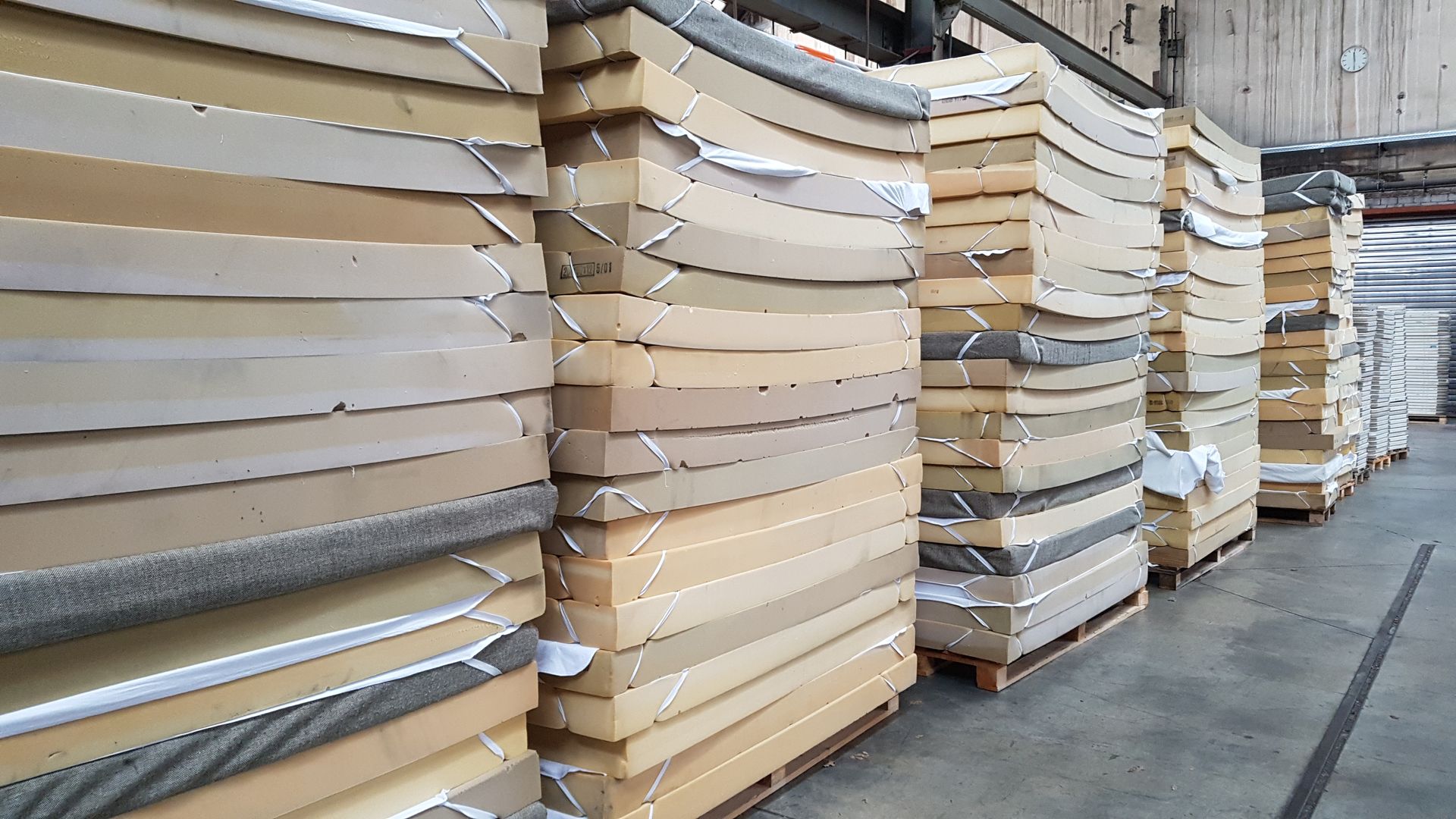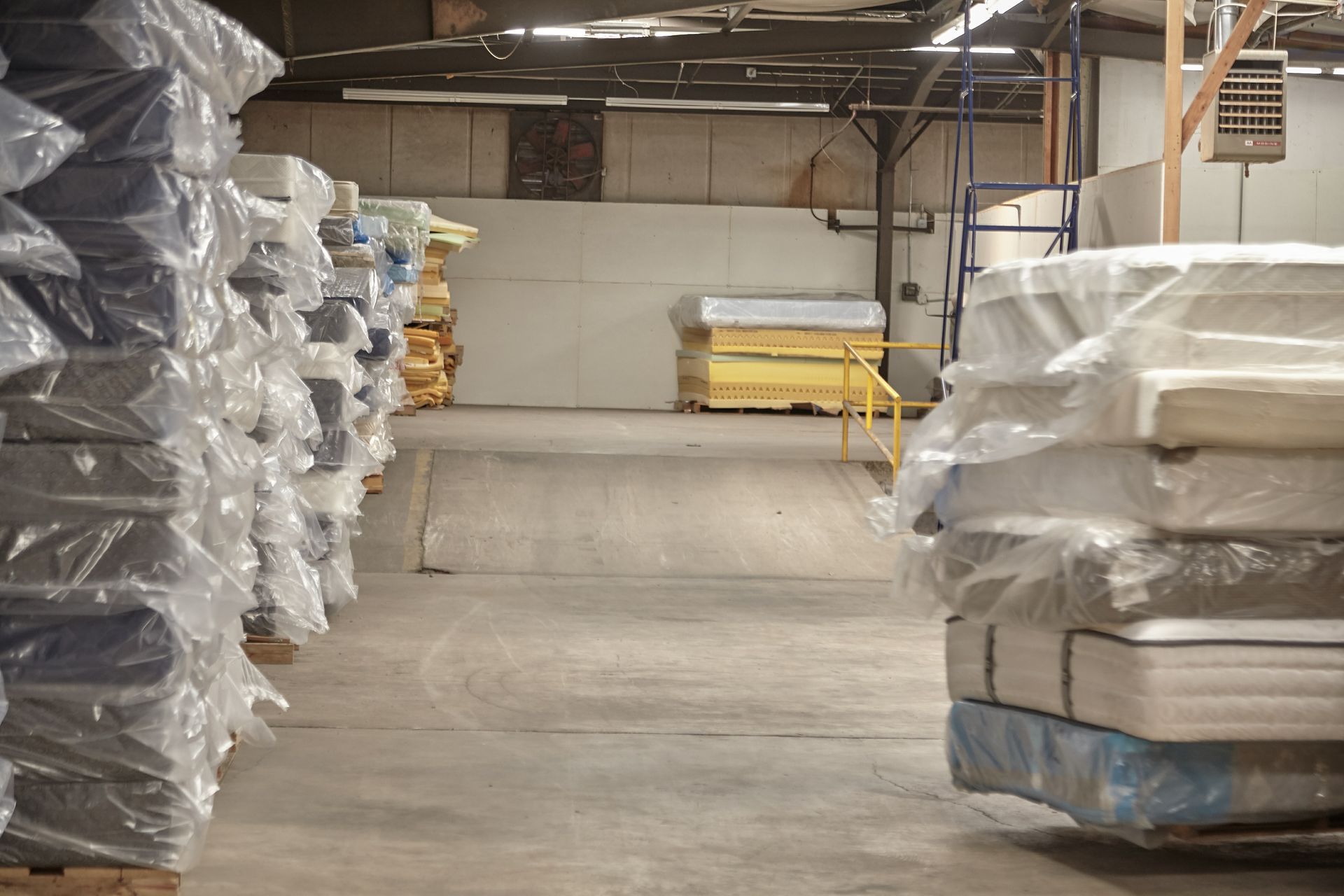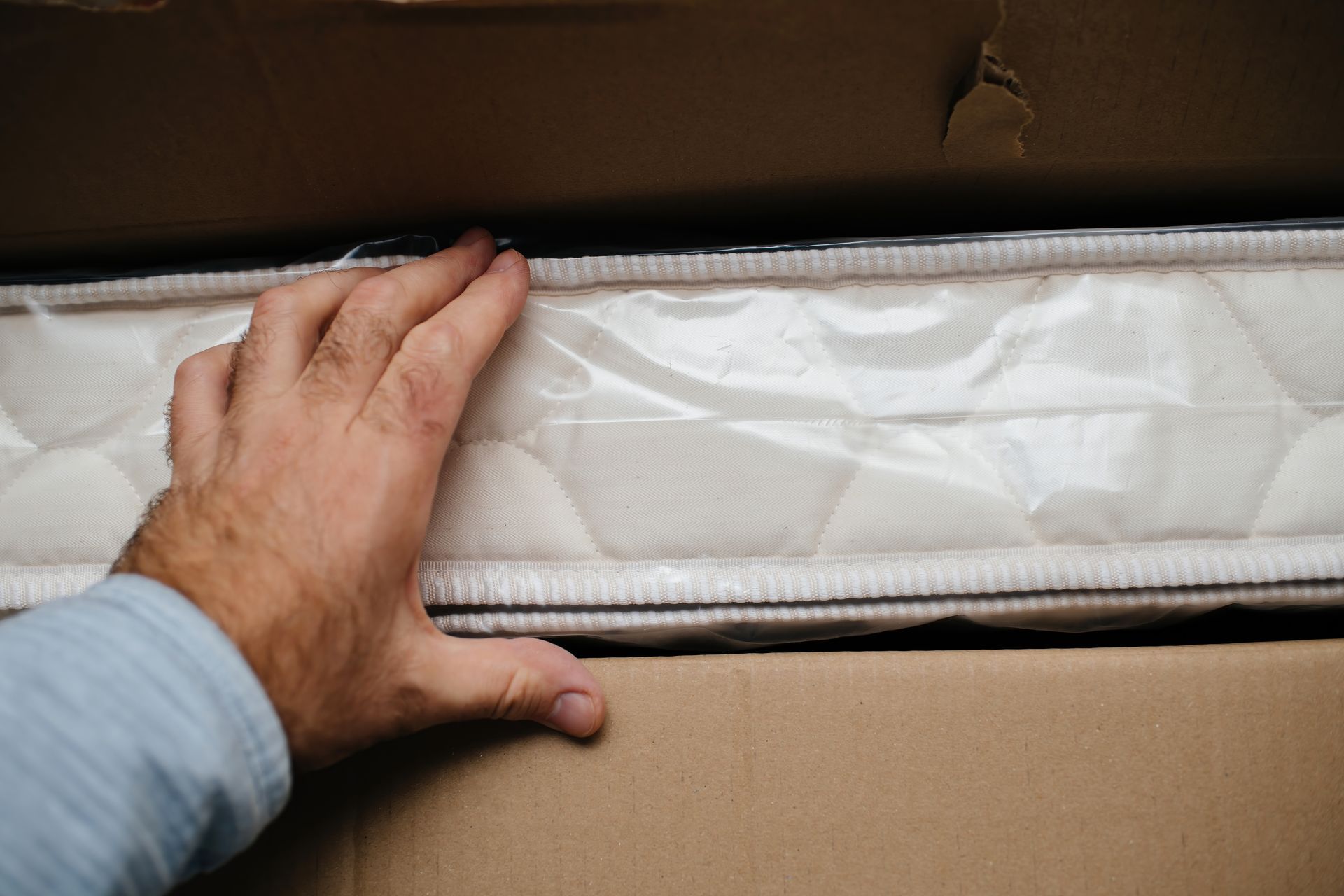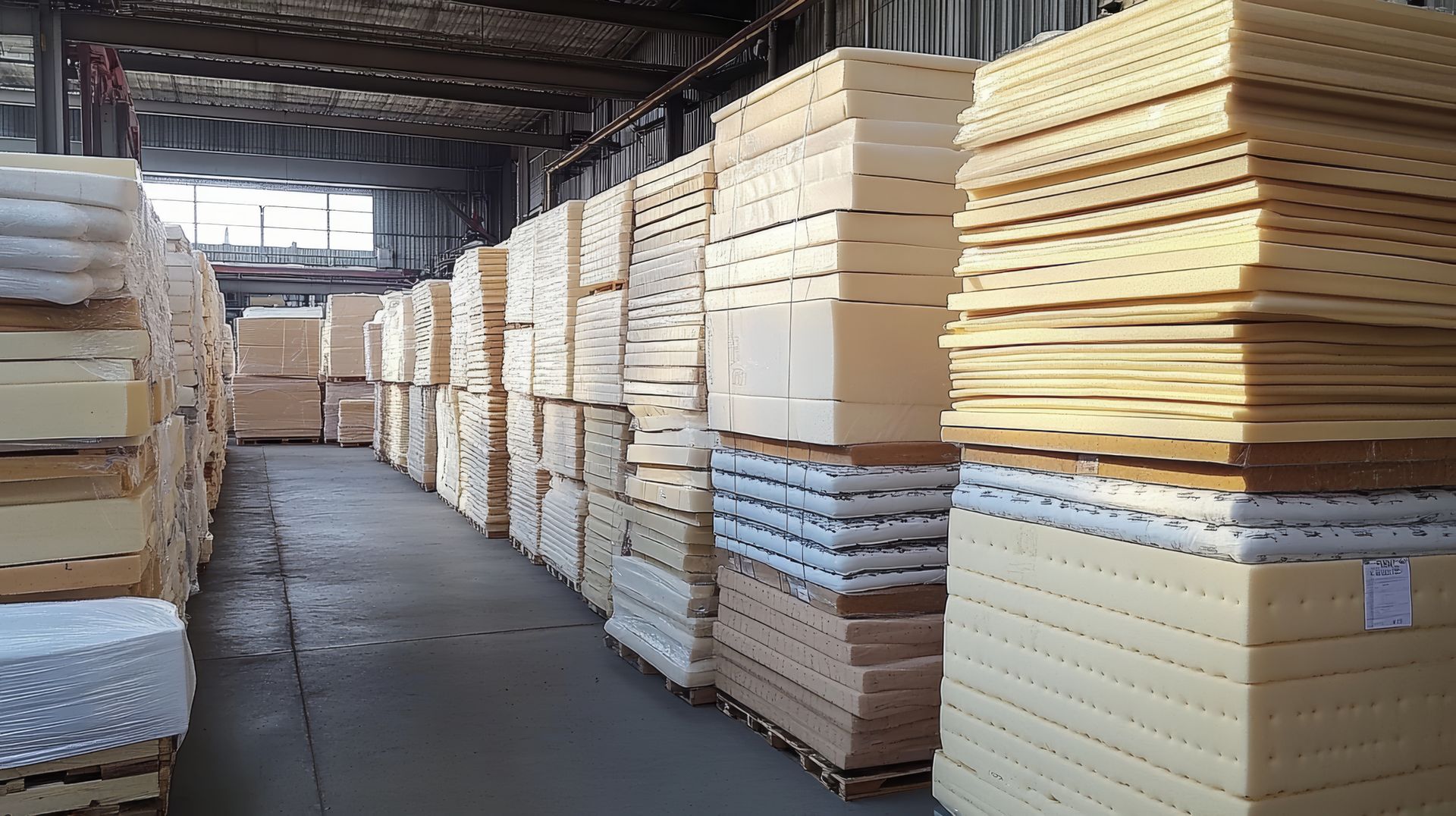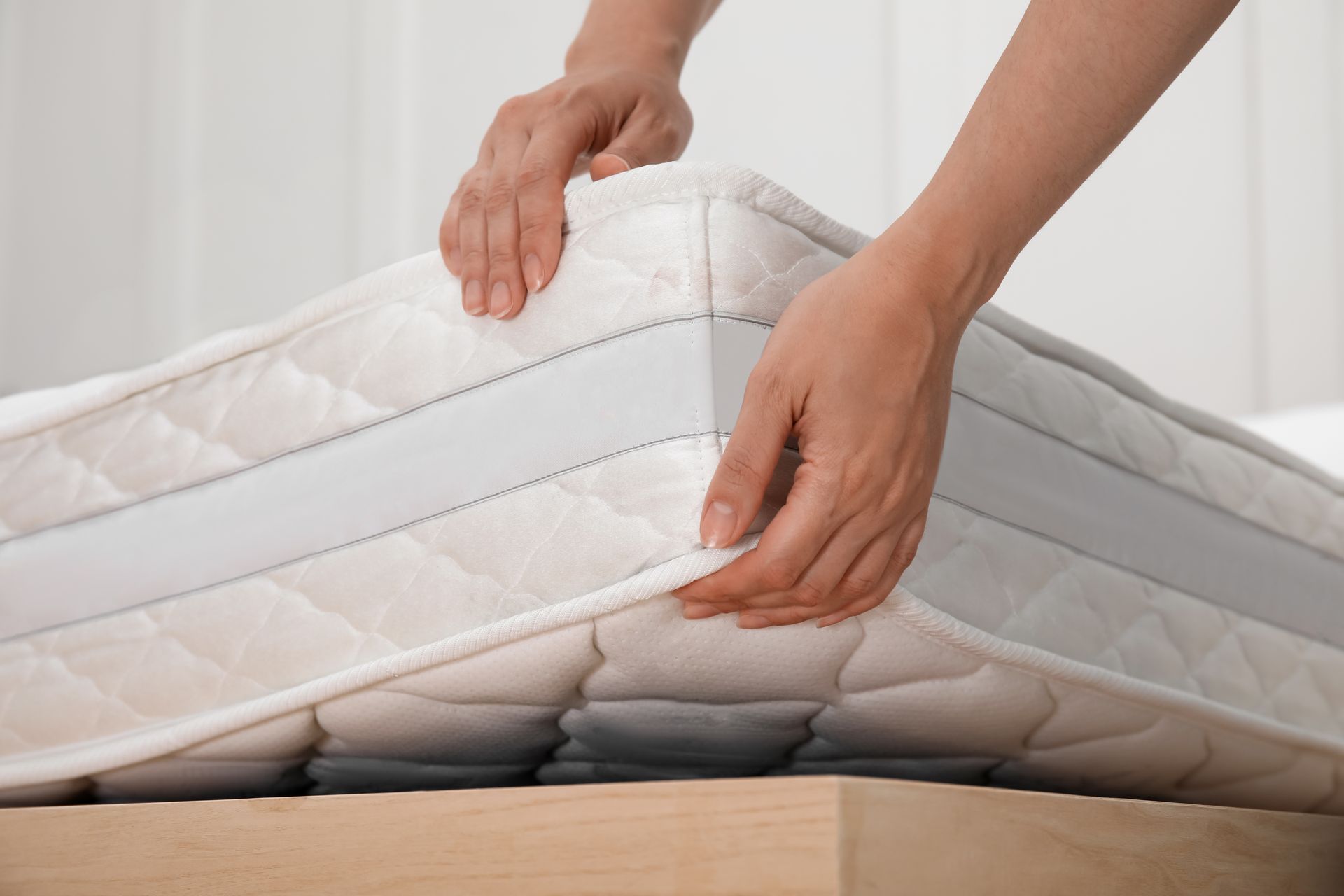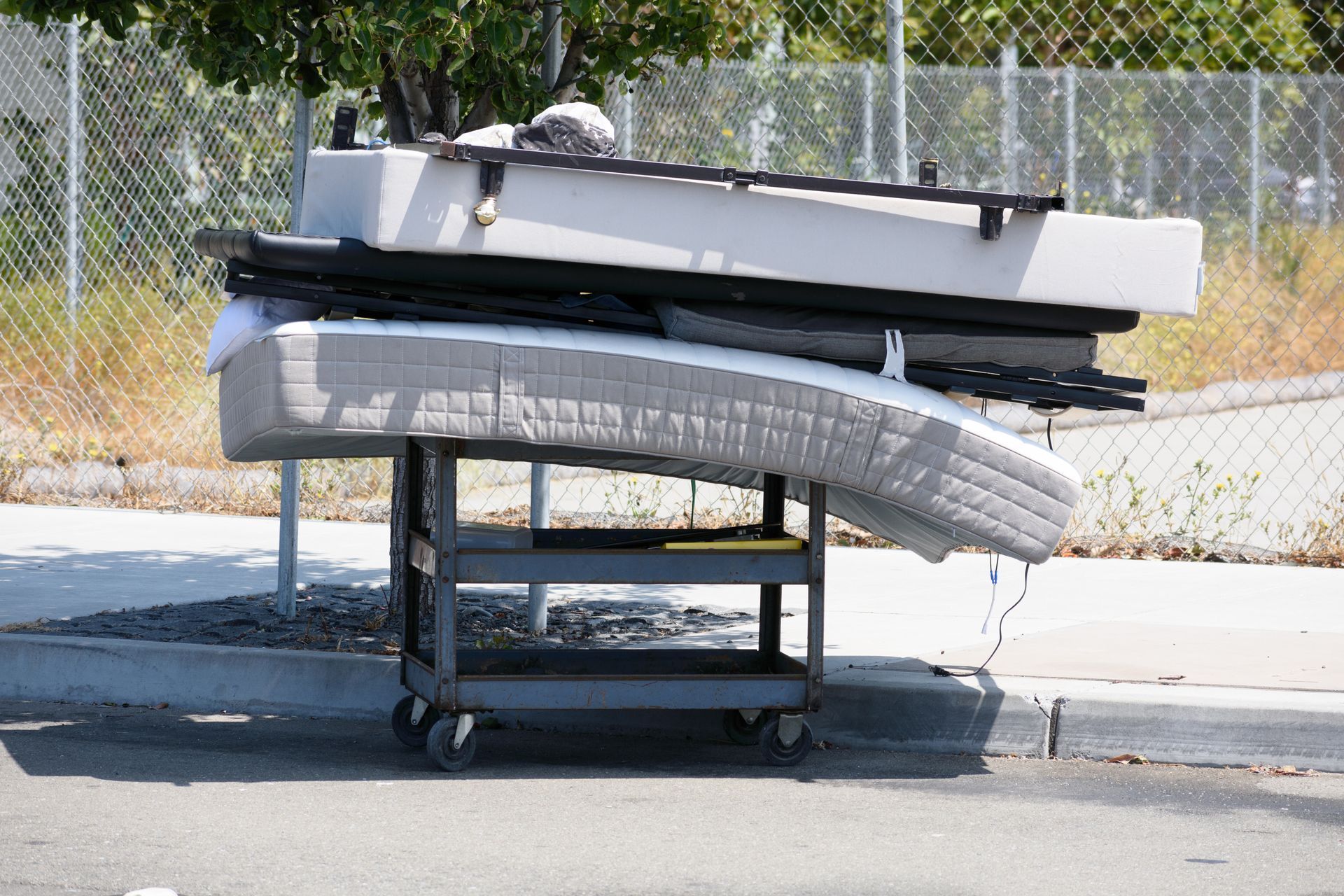Each year, over 20 million mattresses are discarded in the United States alone. The bulk and materials of discarded mattresses pose significant environmental hazards. When mattresses end up in landfills, they take up a tremendous amount of space. Mattresses do not easily compact like other waste, so they quickly fill up limited landfill capacity.
In addition, mattresses contain materials that can leach toxins and pollutants into the surrounding environment. The metal springs and coils, foam padding, wood frames, and various textiles that comprise mattresses introduce concerning substances into landfills.
The polyurethane foam padding breaks down slowly and releases aromatic amines and polychlorinated biphenyls. These compounds can contaminate groundwater and soil. Meanwhile, the fabrics and fibers used in mattress covers and fillings contain formaldehyde-based flame retardants and plasticizers that also leach into the environment.
This is why discarded mattresses represent a major waste problem and source of pollution. Developing better recycling programs is crucial for diverting mattresses from landfills and mitigating their environmental impact.

